
Last night, i was fortunate to be seated in the front row of the CBSO Centre in Birmingham, for Ryoji Ikeda‘s first UK concert since 2006. datamatics [ver.2.0] has been around internationally for a little over two years, and yesterday finally found its way to Britain. The plain interior of the CBSO Centre was embellished with the addition of a huge screen, that filled the air with the pungent aroma of plastic newness. In its own way, this actually contributed to the occasion, making for an astonishing son et lumière display that literally saturated the senses with cutting-edge modernity.
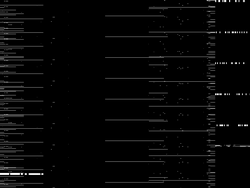
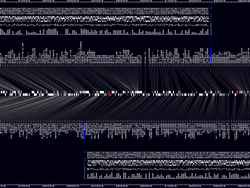

A brief episode followed, shifting the emphasis in a more abstract direction, with pulses flying from left to right at a myriad of speeds [IMAGE 4]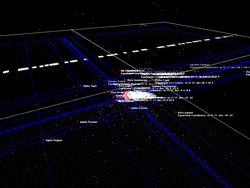
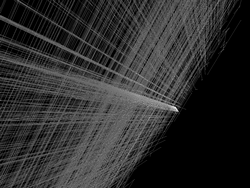
After a lengthy silence/blackness, Ikeda began again, moving abruptly from the vast scale of galactic distances to the infinitesimal dimensions of biological elements. At first, this resembled some kind of obscure map, linking unnamed geographical points [IMAGE 7]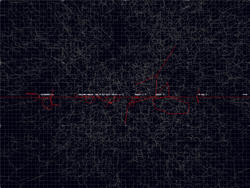
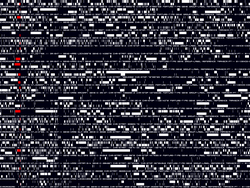
Having incorporated, scrutinised and abstracted data from so many aspects of existence, Ikeda ultimately took this notion to its logical conclusion. In an act of existential bravado, the final minutes of datamatics [ver.2.0] were spent deconstructing itself, assorted random frames from earlier scrolling around the screen, with portions its own data now exposed [IMAGE 11].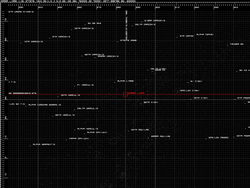
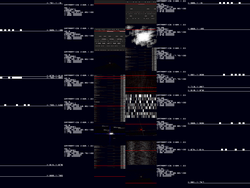
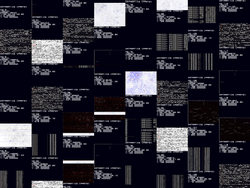

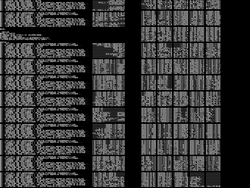
I saw the North American premiere of this, and it was stunning. The ramifications of working with such extreme scales (from the genome to the cosmos) are delightful: simultaneously frenetic and measured, forensic and euphoric.
I wrote up the show at Harvard here.